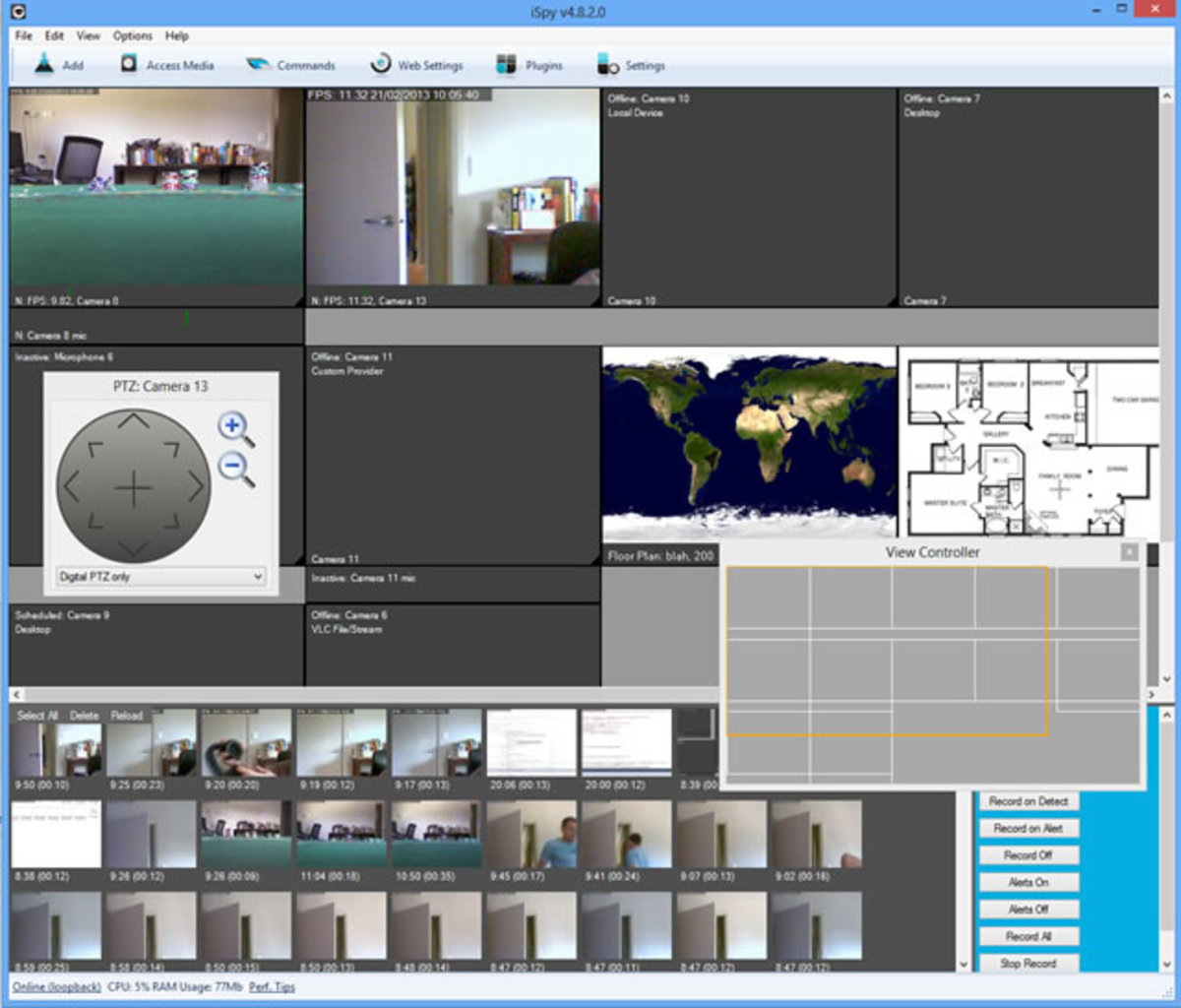- HubPages»
- Technology»
- Computers & Software»
- Computer Software
The Best File and Network Monitor I Have Found for Linux and Mac
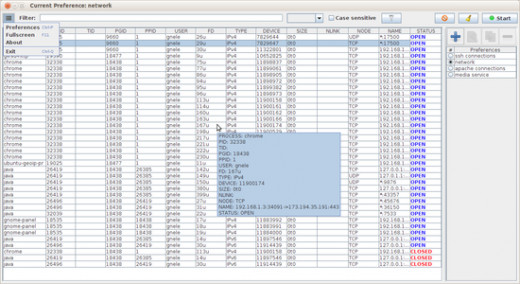
Sooner or later we need programs with specific features that help us for specific tasks. This was the case for me when recently I needed to monitor files and network connection activities on my system. As usual I looked around for some straightforward, free and efficient application to accomplish this task, and, as always I tested different applications.
However my search was unprofitable until I discovered Glsof Filemonitor...
What exactly is Filemonitor?
FileMonitor is an application that monitors the activity of files, processes and network connections in ‘real time’ using Lsof.
FileMonitor works based on results returned from an external application, so it is not entirely 'real time' however most of these results are almost as accurate as they would be in real time events.
It can run in any system that supports Java (JRE) and Lsof. So mainly we are talking about *nix systems including Linux and Mac OS X. If you are a Windows user you still can run the application as long as you have installed Java (JRE) but you will be not able to monitor your system as Lsof doesn't support Windows. Anyway you can monitor one of your own remote *nix systems by running a "server" based on RMI protocol on it.
Monitoring options
As in Lsof, FileMonitor has many options that enable a user to have a general "check up" of the system or a narrowed selection of events.
The results are returned in a big table divided by columns.
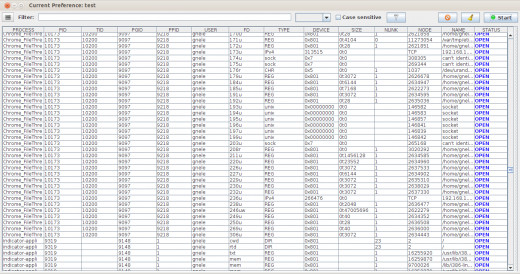
A user can choose which columns to display by right clicking on any column's header and then using the popup menu.
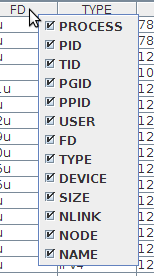
In order to run FileMonitor, you need to create at least one 'Preference'. On the right side of the main table there is an area with four icons on top, that enable you to create your own list of preferences respectively to add, edit, copy and remove one Preference.
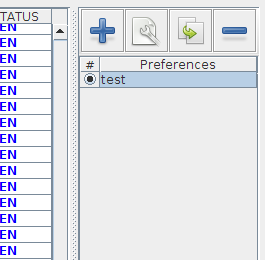
What's happening on my system?
We have seen the main parts of FileMonitor and now it is time to use it. To start we can create a preference just by clicking the '+' button on the right menu. When we do that, we need to input in the dialog that comes up a unique name for our new preference. Once it is done, another dialog, composed of two tabs ('Main', 'Filters'), is displayed. Here we can set all the options that will determinate the output result. If we want to monitor all the activities on our system (open/closed files and network connections) we can just save the default values. Anyway my suggestion is to add the exclusion of 'Java' and 'Lsof' in the 'Filters' table, by using the 'Process' option, like in this image:
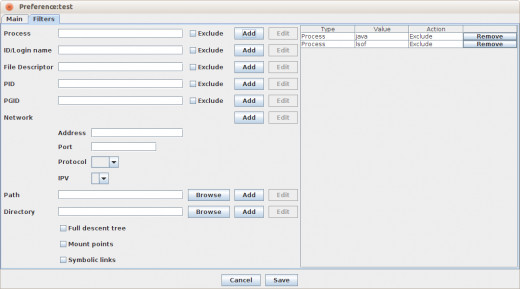
Excluding these two processes, will prevent returning their activity as they are intensively used by the monitor itself! Once you are done, just save it and press 'Start' on the top right of the main window.
How to monitor only the network activity
If you are interested in monitoring only the network activity on your system, well, nothing could be simpler! Create a new preference and in the Filters tab, just select the 'Add' which is beside the 'Network' option and... it is done!
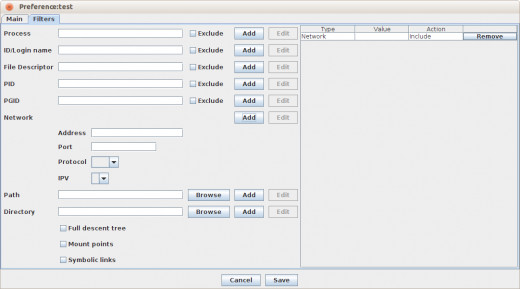
Filter Information
Another great feature of FileMonitor is the filter on the top bar of the main window. If you have already run the application, you have probably noticed that it returns a lot of data as rows in the table. But what if we are only interested in a specific process name, file, PID, etc.? Here is where the filter comes in handy. If you type something in the filter followed by enter (or by pressing the filter icon on the right), the table will be reduced only to the values that match your text in any column (or only in the column that you have selected with the column dropdown menu).
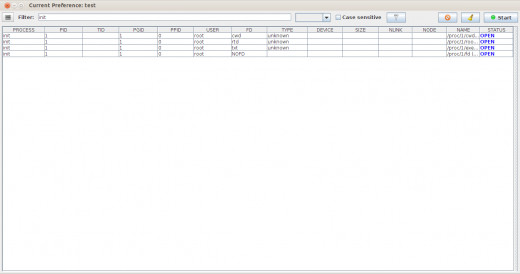
Conclusions
I hope you enjoyed this introductory article to FileMonitor (download here). In an article like this it is not possible to cover even a small percentage of the vast array of usages this great application offers. If you want to get the most from FileMonitor, I recommend that you read the documentation and you will appreciate it even more!


